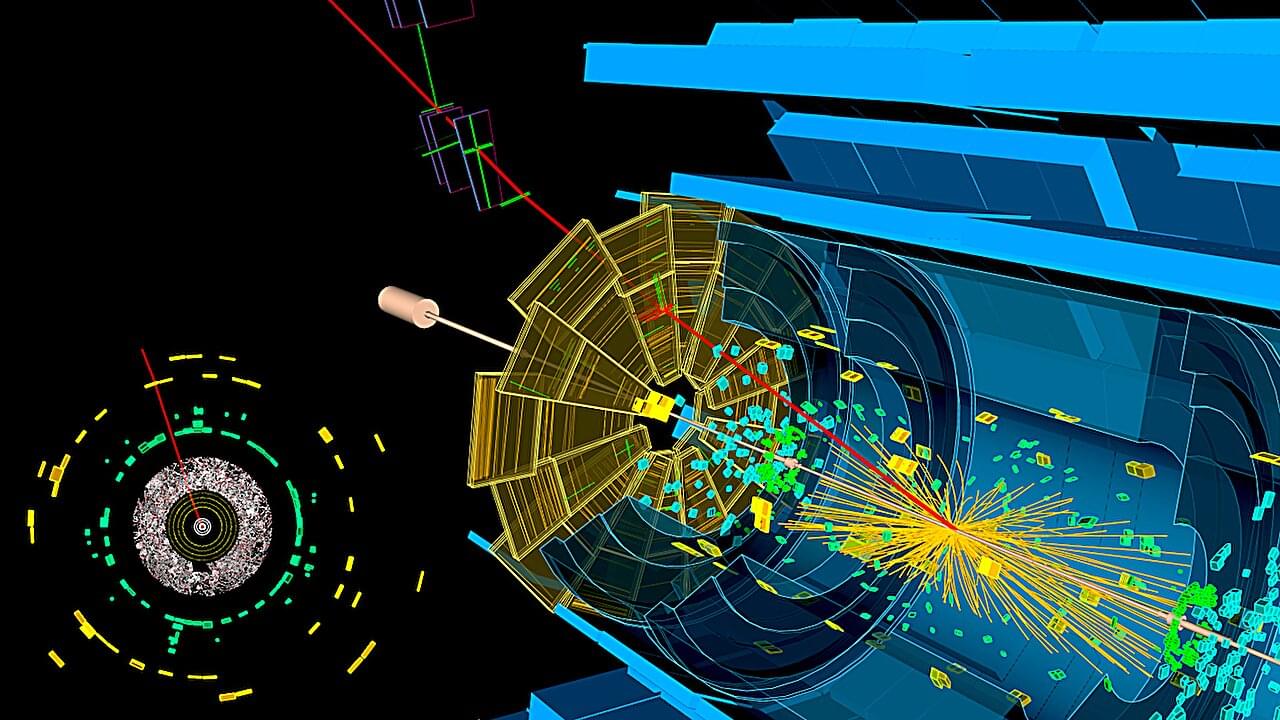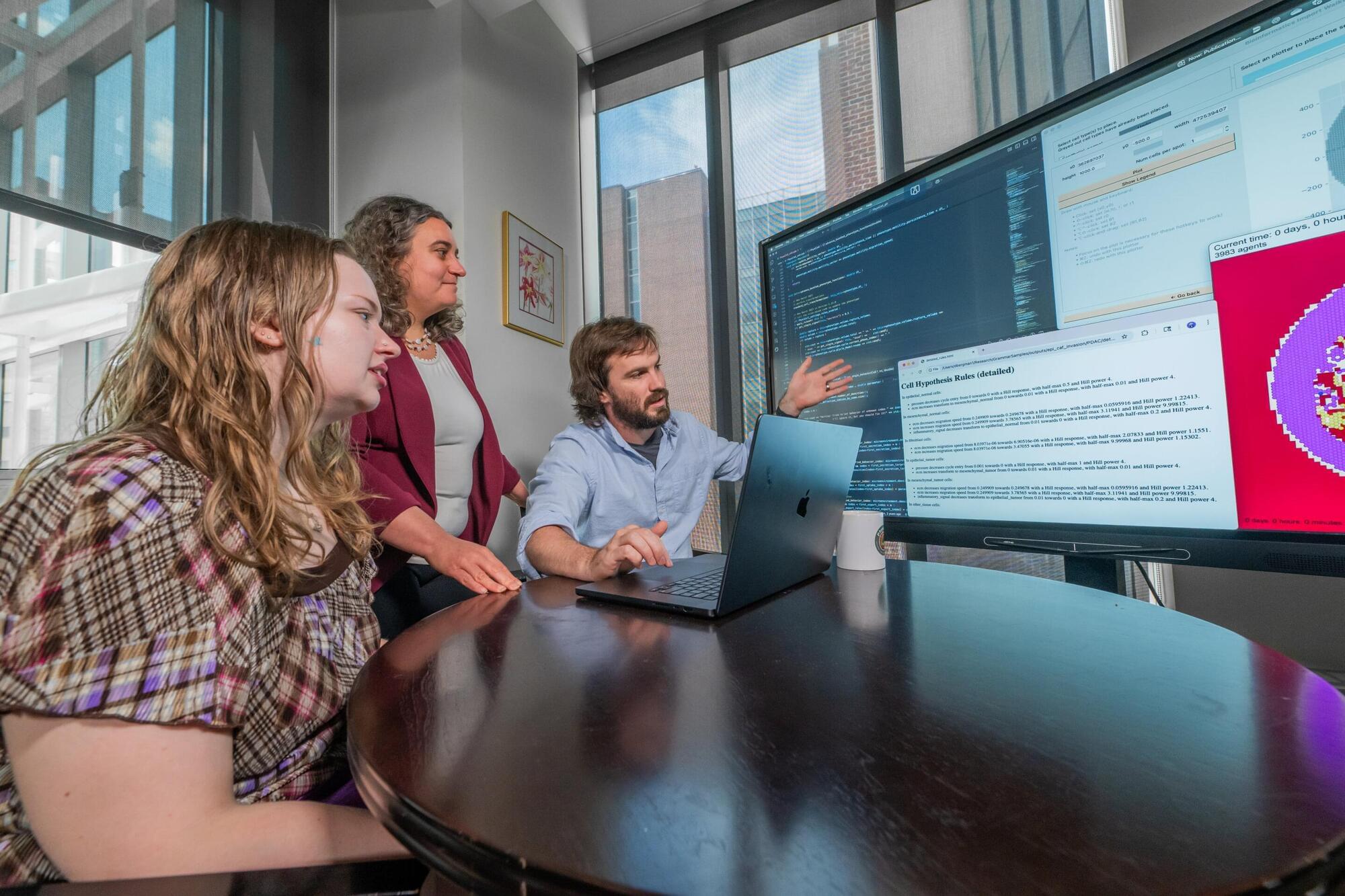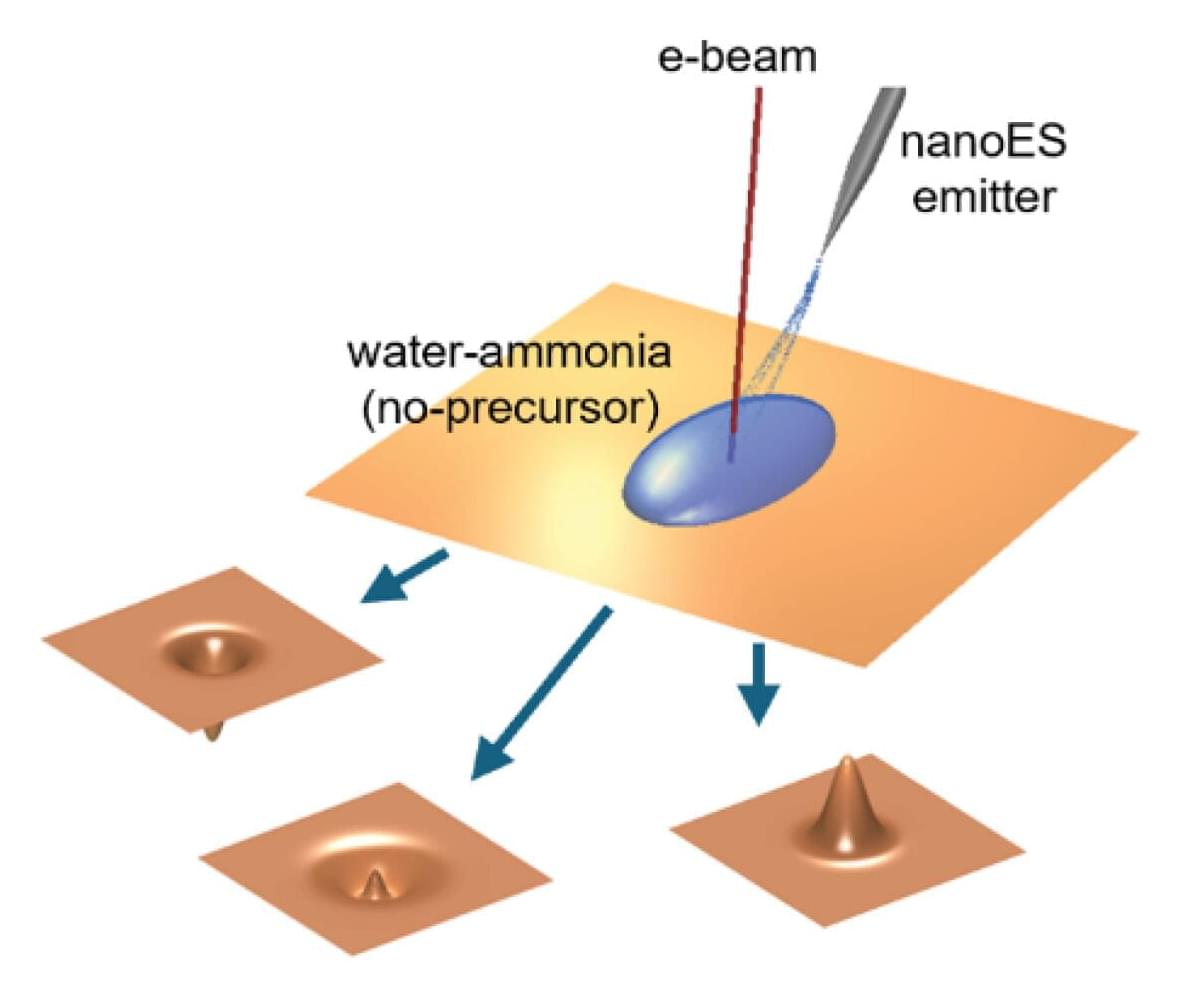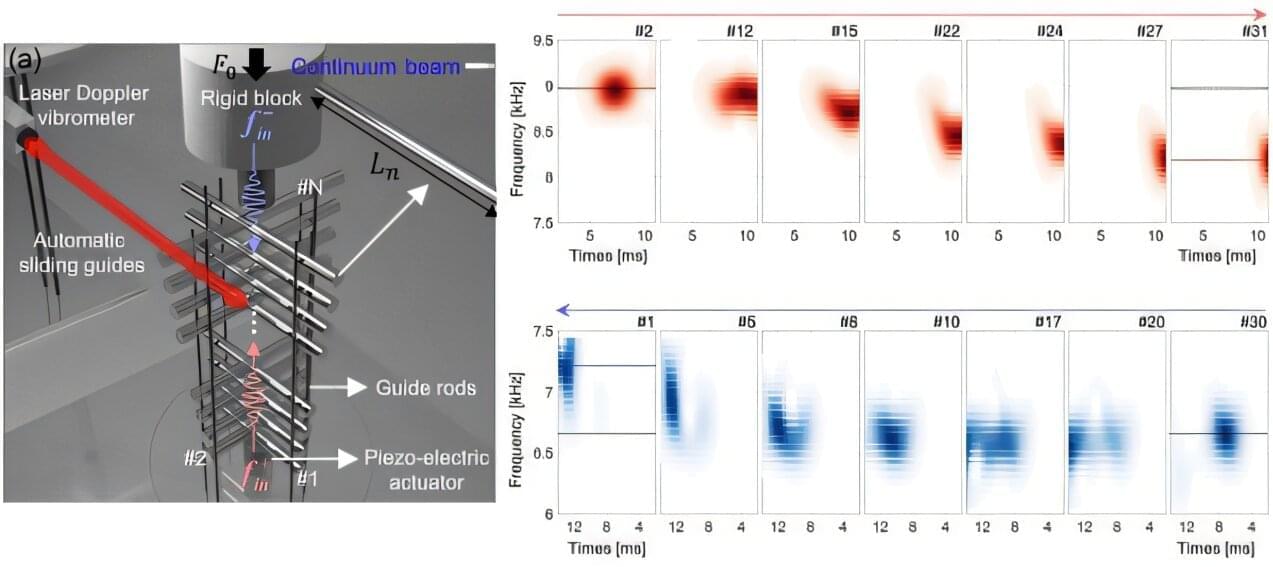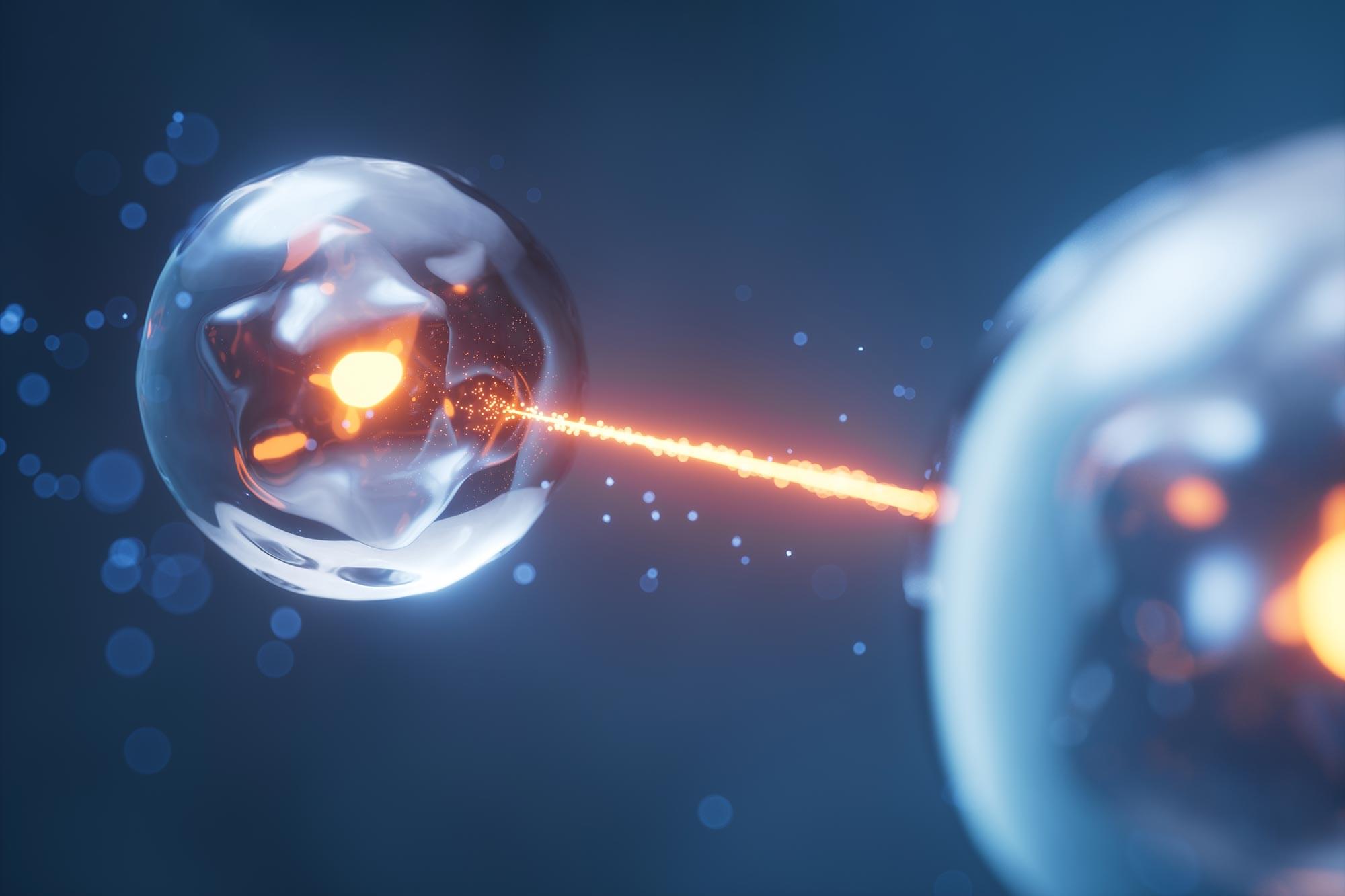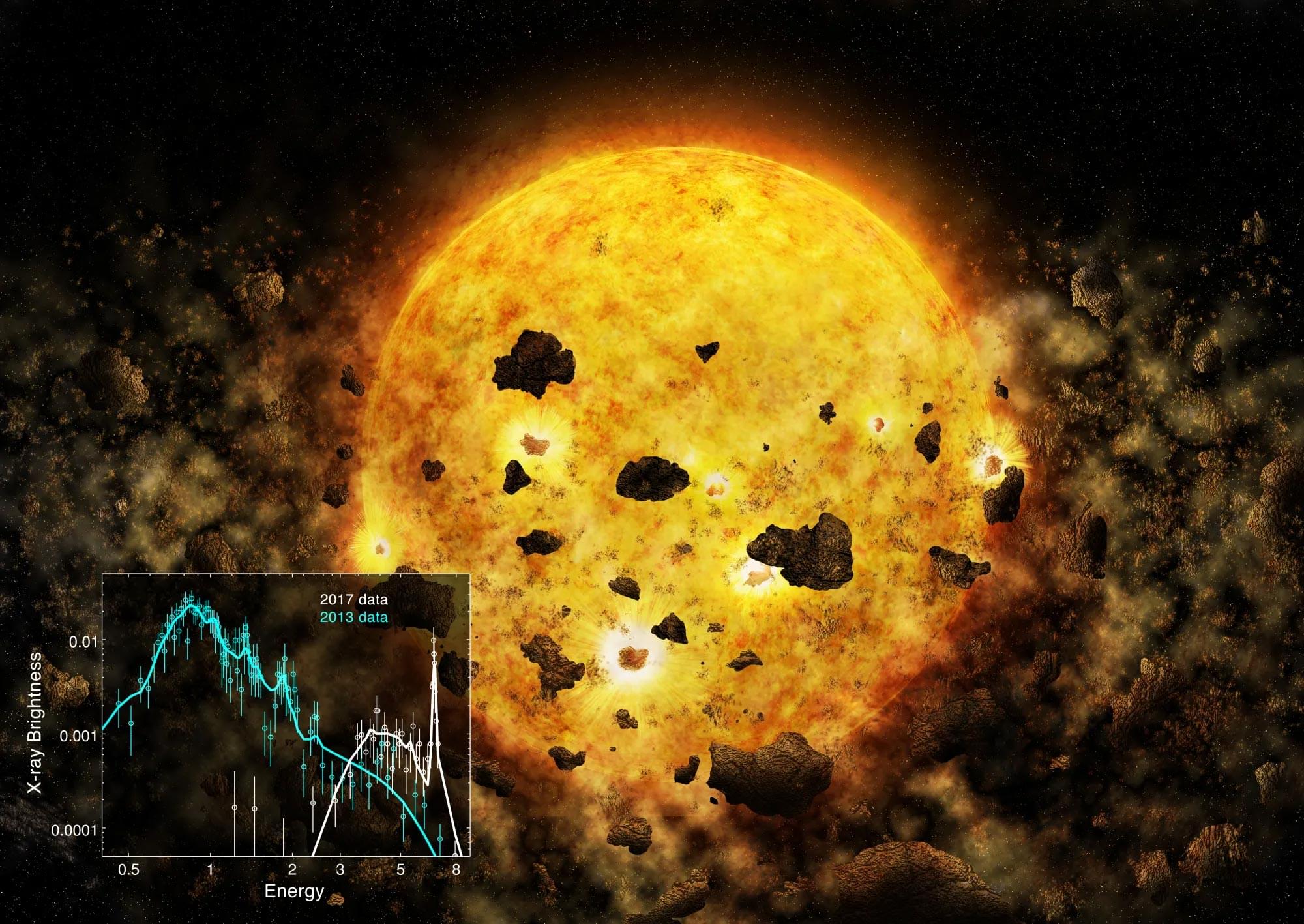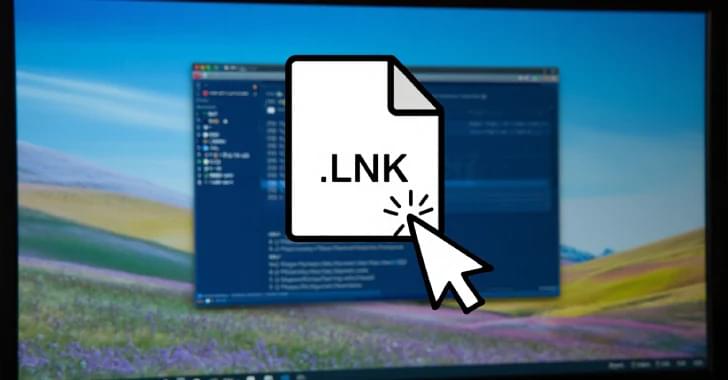“God does not play dice.” This famous remark by Albert Einstein critiqued the probabilistic nature of quantum mechanics. Paradoxically, his theory of relativity has become an essential tool for understanding the behavior of electrons, the primary subjects of quantum mechanics.
Electrons are so minuscule that their behavior must be analyzed through quantum mechanics, yet they also move at speeds that require relativistic considerations. Due to the fundamentally different starting points of these two theories, achieving a unified, consistent description has posed significant challenges.
Now, a groundbreaking study published in Physical Review Letters offers a novel approach that bridges this divide, potentially reshaping the way we understand electron dynamics in solids.

